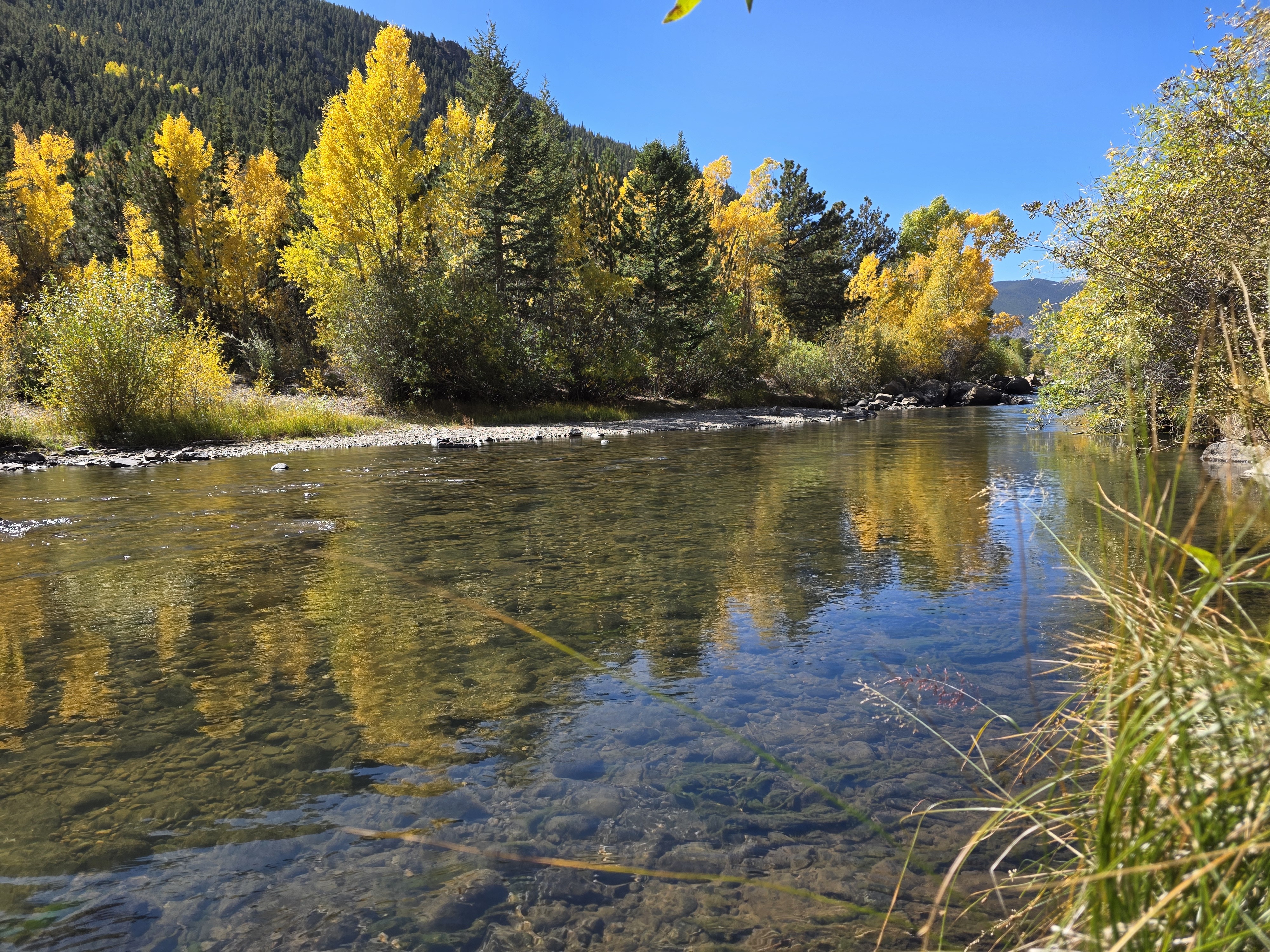A lot of anglers ask the same question when booking a trip in Colorado:
“Do I really need a full day on the water?”
It’s a fair ask. Between work, weather, and wallet, a half-day can sound just right. But that 4-hour float or wade trip doesn’t always give you the full picture, or the full experience.
Let’s break it down. No brochure talk. Just how these days actually fish.
Listen to the Podcast
Photo Credit: @RigsFlyFishing Book Jack from Rigs Here!
The Real River Clock: What Time Buys You
Guides don’t fish by the hour. Fish don’t either.
A half-day usually gives you four hours on the water. Add in meetups, rigging, wader wrestling, and transport, and you’re really looking at 2.5–3 hours of active fishing.
That can be plenty, if conditions line up.
A full-day? That’s 6–8 hours fishing. It gives you room to adjust. Rest. Eat. Move. Wait out a lull. Chase a hatch. Make it about more than just numbers.
If your trip falls during a weird hatch window, early runoff, or low-and-slow fall flows, a half-day can end just as things start to click.
 Photo Credit: @RigsFlyFishing Book Brody from Rigs Here!
Photo Credit: @RigsFlyFishing Book Brody from Rigs Here!
Targeting Fish vs. Chasing a Day
Half-day trips are best for:
- Quick hits close to town
- Morning or evening windows (tailwaters, summer hatches)
- Kids or first-timers
- Shaking off the rust
Full days shine when:
- You want to cover miles (especially floats)
- You’re chasing technical eats or match-the-hatch conditions
- You want to learn, not just fish
- You’re not in a rush, and don’t want to be
If you’re booking to understand Colorado water, a full day’s rhythm lets you fish through changes. Flow, light, bugs, behavior, it all shifts. Watching that happen builds awareness faster than 50 YouTube videos.
Photo Credit: @RigsFlyFishing Book Ethan from Rigs Here!
Learning Value: You vs. the River (with Help)
One thing most anglers don’t realize: you learn a hell of a lot more when you’re not rushing.
In a half-day, your guide might get one pattern to work and stick with it. In a full day, they can walk you through three. You might nymph in the morning, swing softies through a seam at lunch, and hit a dry-dropper bite at dusk.
That variety? That’s where the long-term growth lives.
The best full-day guides don’t just hand you fish. They hand you skills you’ll use on your own water for years.
And Yes, the Price Tag’s Different
Half-days usually run $350–$450. Full days: $550–$700+ depending on the shop and water. Lunch, flies, and gear often included, ask first.
The value gap isn’t always proportional. Sometimes a killer half-day is better than a slow full-day. But when it comes to experience per dollar, full-days often stretch further.
Photo Credit: @RigsFlyFishing Book Jimmie from Rigs Here!
So, What Should You Book?
If you’re tight on time or just want to taste the water, go half-day.
If you want depth, quiet, growth, and the freedom to let the day unfold, go full.
Either way, ask your guide what the conditions are doing. Book based on what’s fishing well, not just your calendar.
Because what you’re really trading isn’t time.
It’s opportunity.
.png?width=300&height=100&name=Copy%20of%20Rise%20Beyond%20Logo%2012.31.24%20(300%20x%20100%20px).png)
.png)
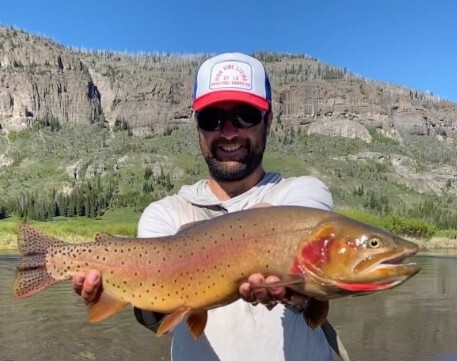
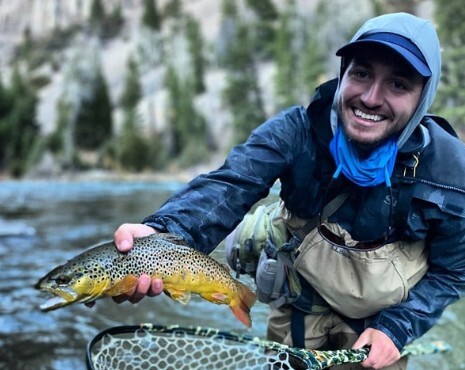
%20(8).png?width=3000&height=1000&name=Guide%20Bank%20Logo%20(3000%20x%201000%20px)%20(8).png)
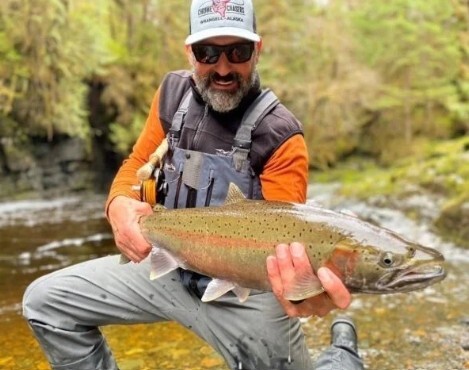
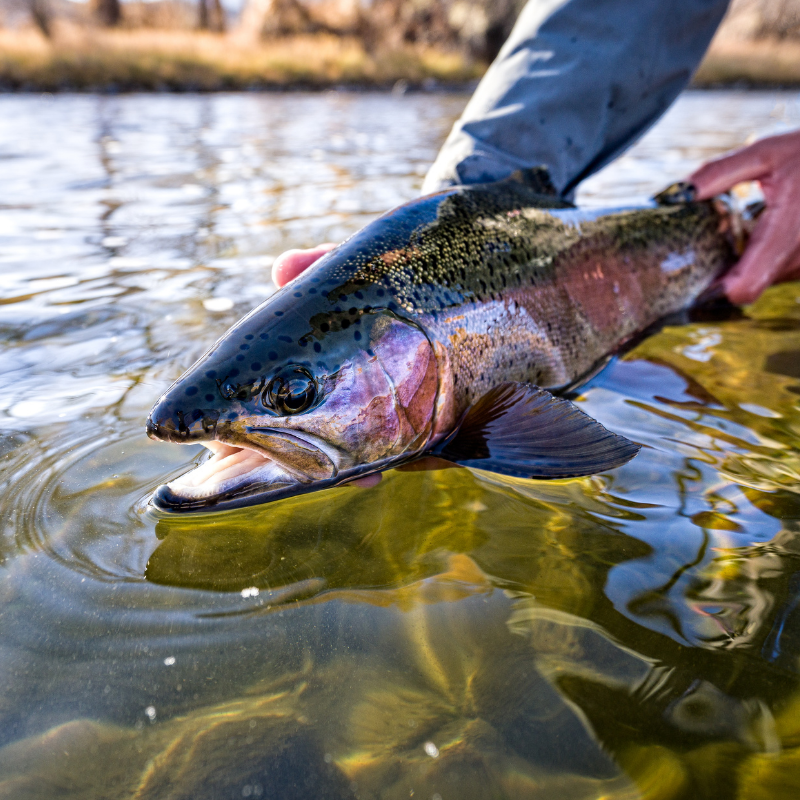
-1.png)
